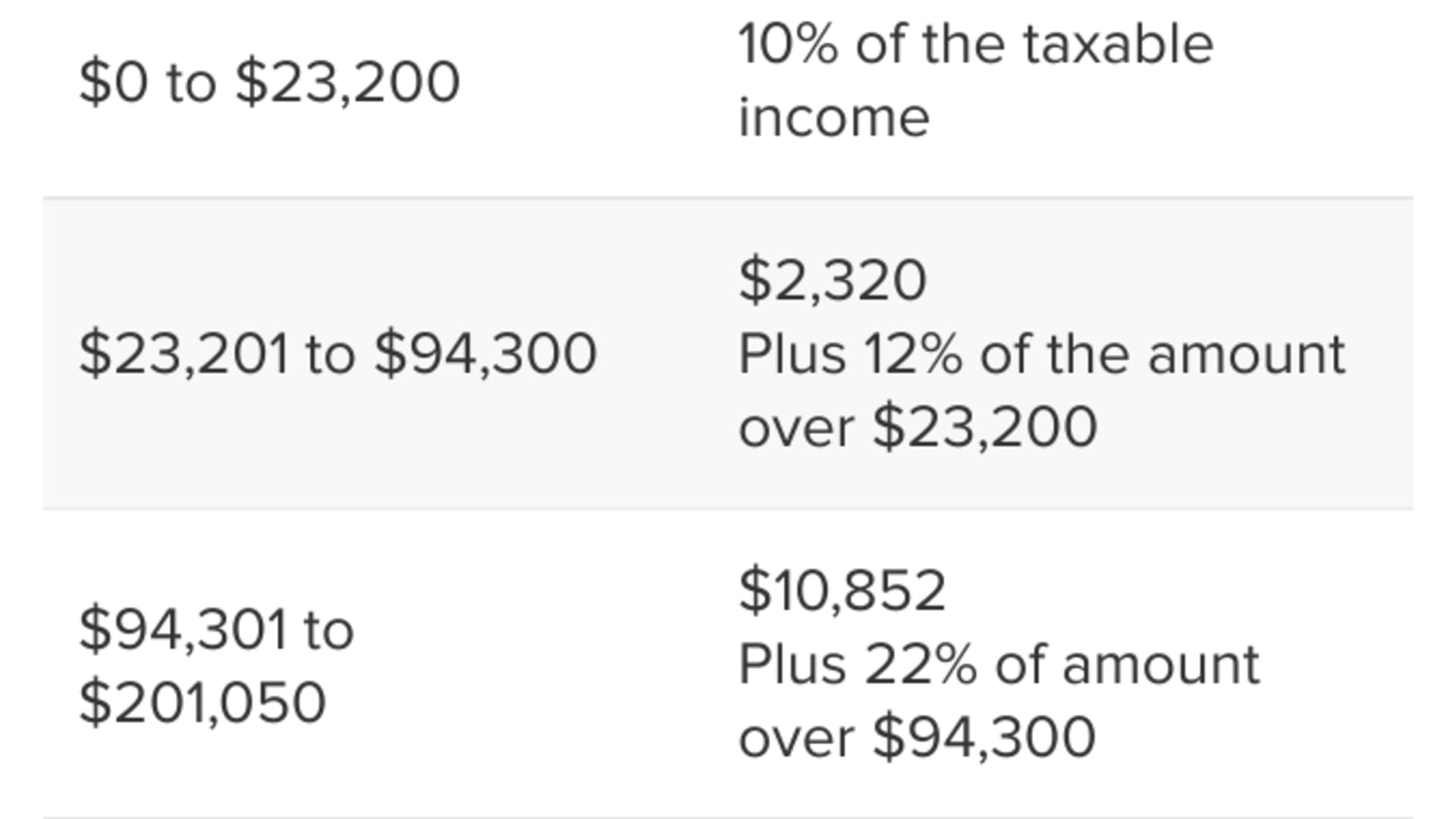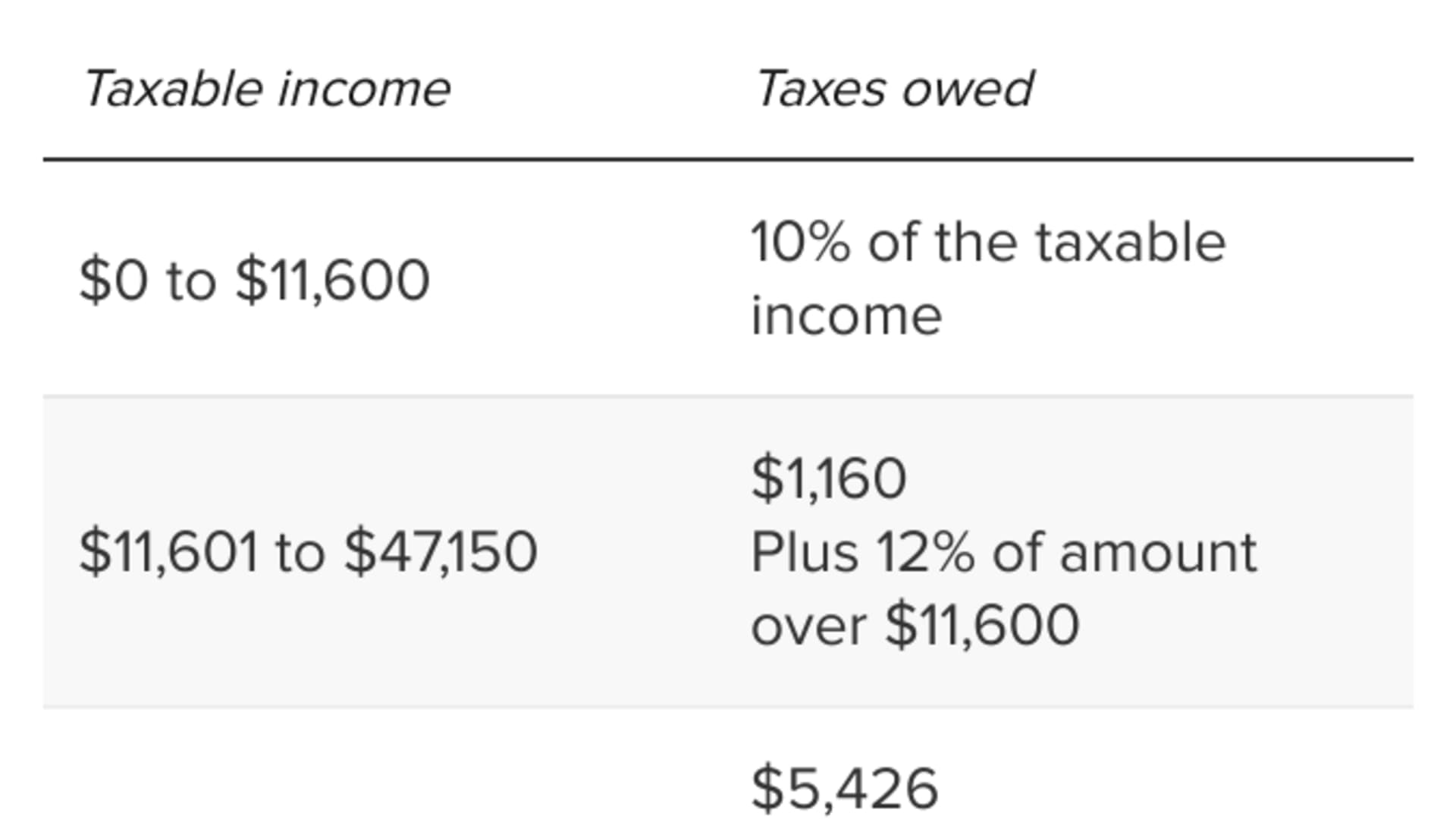
- Some advisors increased Roth individual retirement account conversions for clients amid the threat of higher taxes after 2025.
- Now, individual income tax hikes seem less likely under President-elect Donald Trump and a possible Republican-controlled Congress.
- But demand for Roth conversions will continue as investors seek long-term tax planning strategies, experts said.
Before the election, some advisors increased Roth individual retirement account conversions for clients amid the threat of higher taxes after 2025.
WATCH ANYTIME FOR FREE
Stream NBC10 Boston news for free, 24/7, wherever you are. |
Now, tax hikes are less likely under President-elect Donald Trump. However, demand for Roth conversions will continue as investors seek long-term tax planning strategies, experts said.
"In general, we see an uptick in Roth conversions at the end of the year and into the new year ahead of the tax filing deadline in April, and we expect to see these trends again in 2025," said Rita Assaf, vice president of retirement offerings at Fidelity Investments.
Get updates on what's happening in Boston to your inbox. Sign up for our News Headlines newsletter.
Fidelity saw a 45% year-over-year increase in the volume of Roth conversions as of July, Assaf said.
But while Roth conversions are on the rise, many investors are still learning about the strategy.
Money Report
"I think you are only going to see an increase in Roth IRA conversions," said certified financial planner Byrke Sestok, a partner at Moneco Advisors in Harrison, New York.
"The percentage of people who know about the benefits of Roth IRA conversions is still low," he said. "The number of people who actually execute a conversion is even lower."
The benefit of Roth conversions
Roth conversions shift pretax or nondeductible IRA funds to a Roth IRA, which can jump-start tax-free growth. The trade-off is paying regular income taxes on the converted balance.
With Trump's 2017 tax cuts scheduled to expire after 2025, including lower federal income tax brackets, some advisors have accelerated Roth conversions for their clients to leverage the lower tax rates through 2025.
However, Trump has vowed to extend his 2017 tax breaks, which would keep lower tax brackets intact. That plan could be easier if Republicans control the White House, Senate and House of Representatives.
Even without tax increases from Congress, experts said, Roth conversions can reduce long-term taxes on your portfolio, particularly for older workers and retirees with sizable pretax balances.
However, whether Roth conversions make sense depends on your "unique financial situation," Assaf said.
Filling up tax brackets
Advisors often complete Roth conversions in lower-income years, such as early retirement before claiming Social Security benefits or taking required minimum distributions. The strategy can minimize the upfront tax bill while reducing your pretax balance.
Currently, you may consider "filling up the 12% and 24% tax brackets" with income triggered by a Roth conversion because there's a big jump to the next tier, Sestok said.


However, it's important to run a complete tax projection, including all other sources of income, before executing the strategy, tax experts say.
Each bracket is based on "taxable income," which you calculate by subtracting the greater of the standard or itemized deductions from your adjusted gross income. The taxable income thresholds will increase in 2025.






